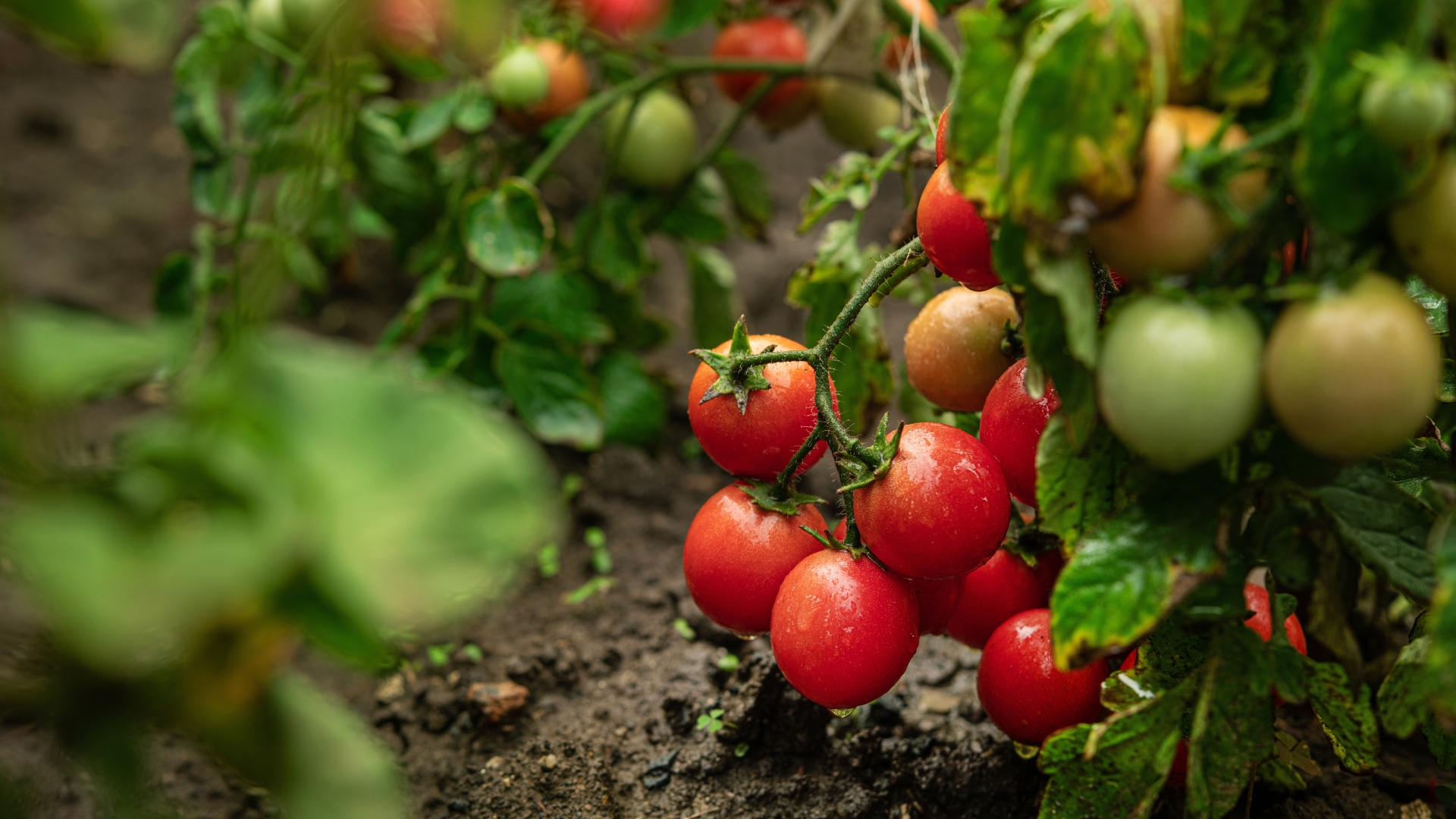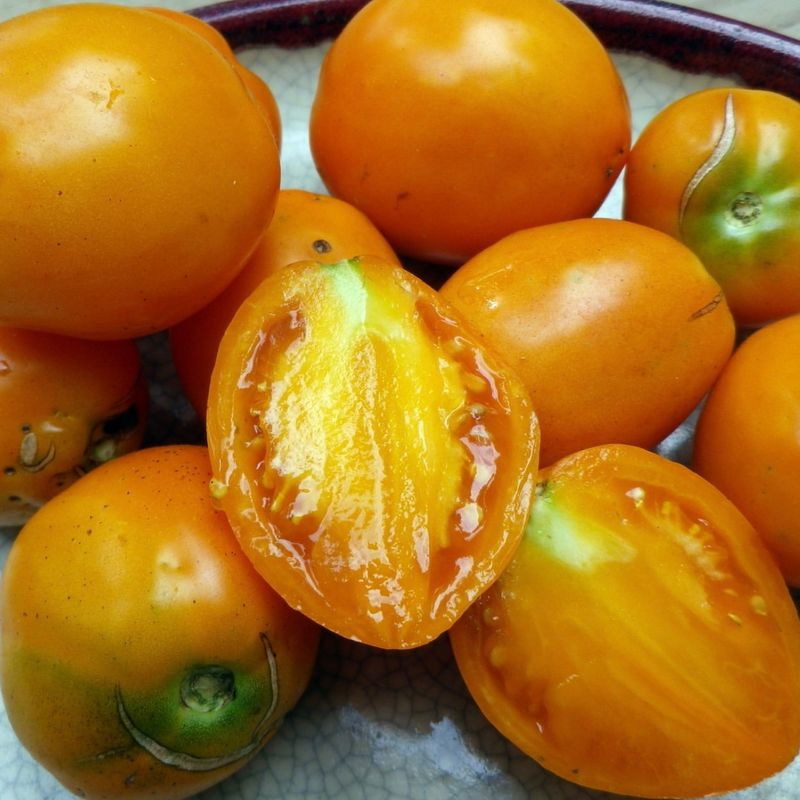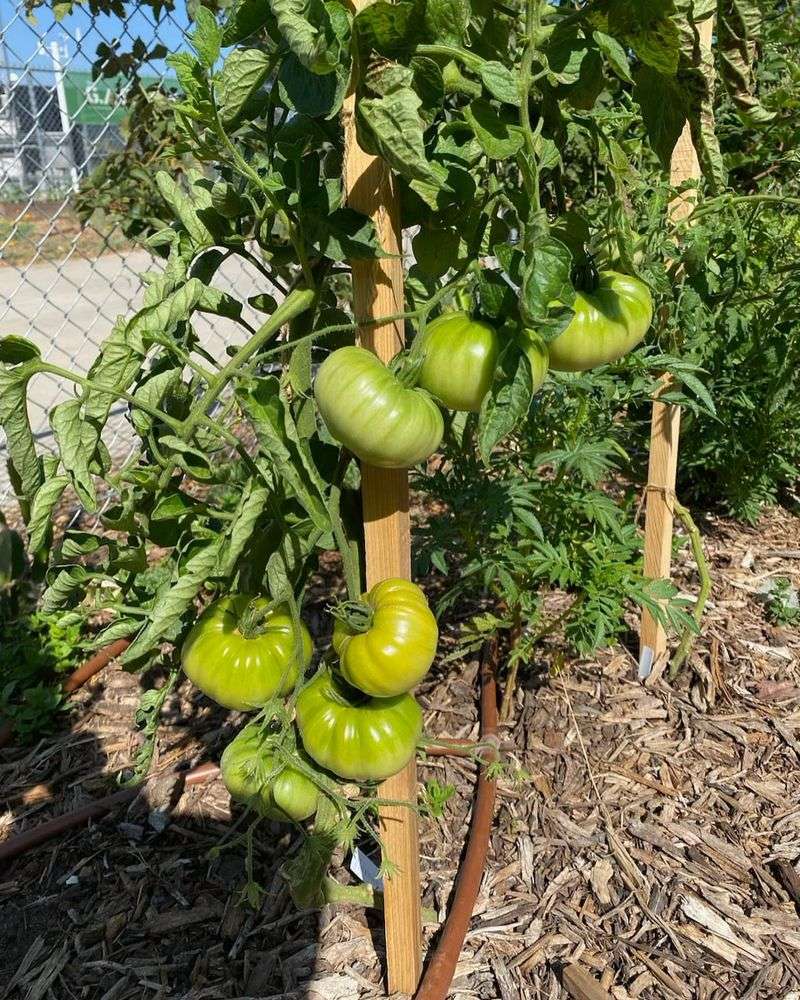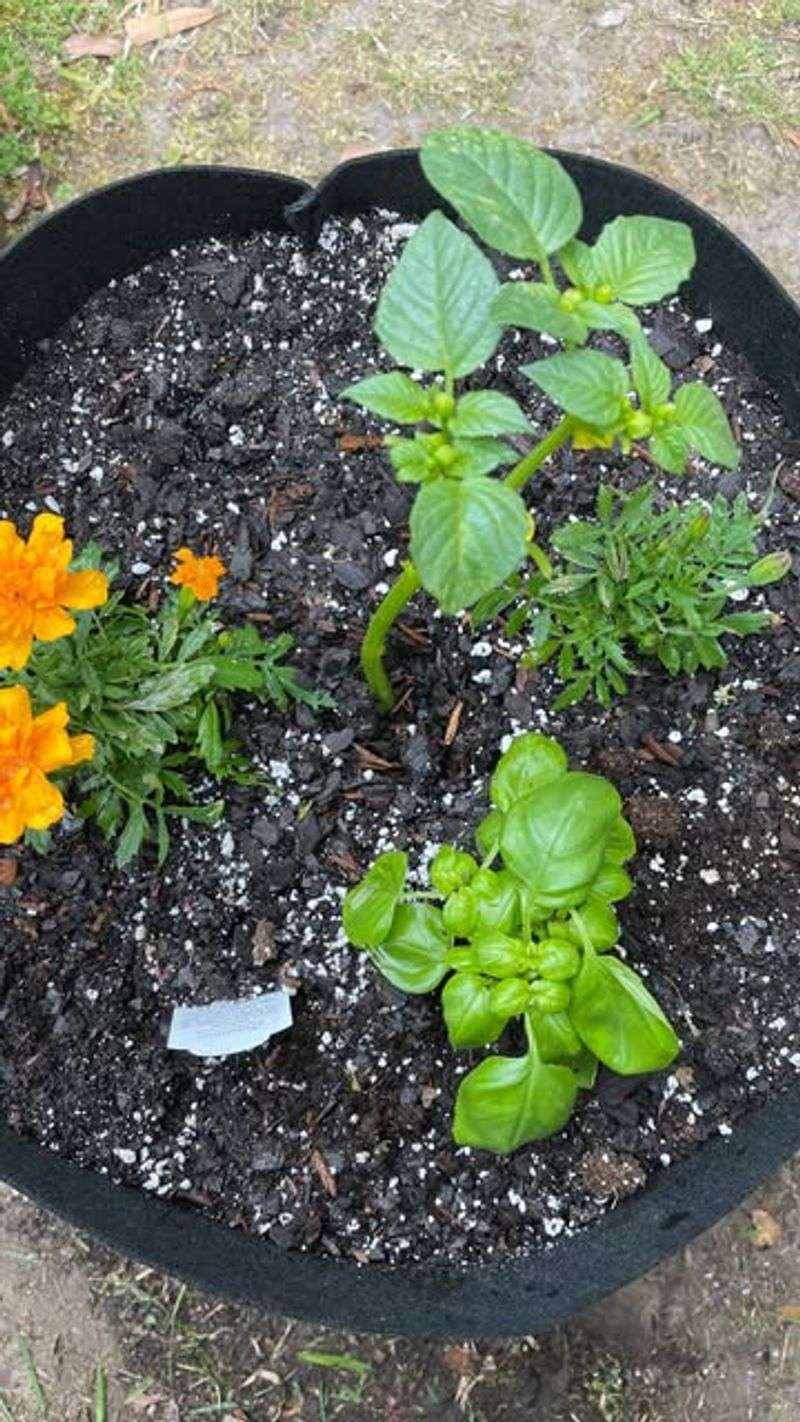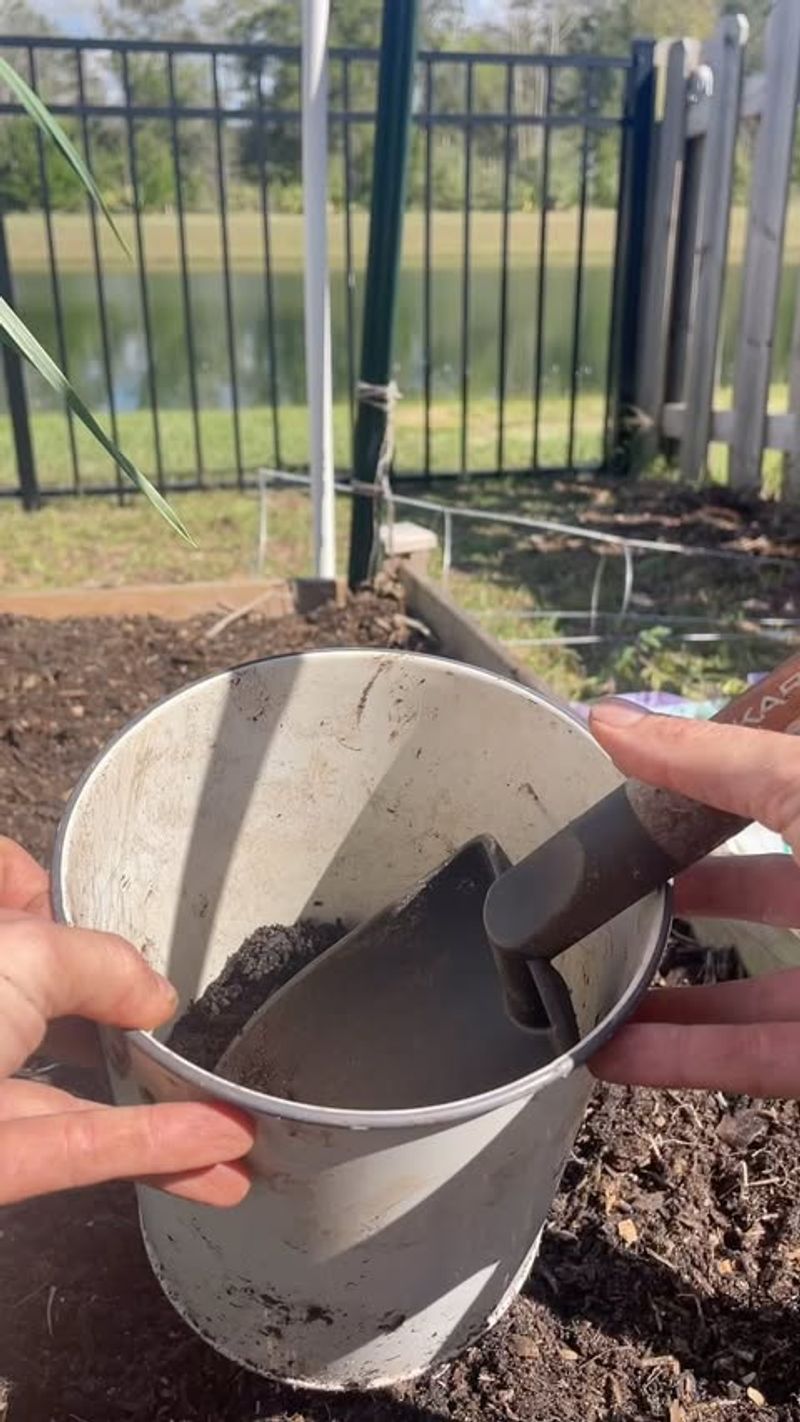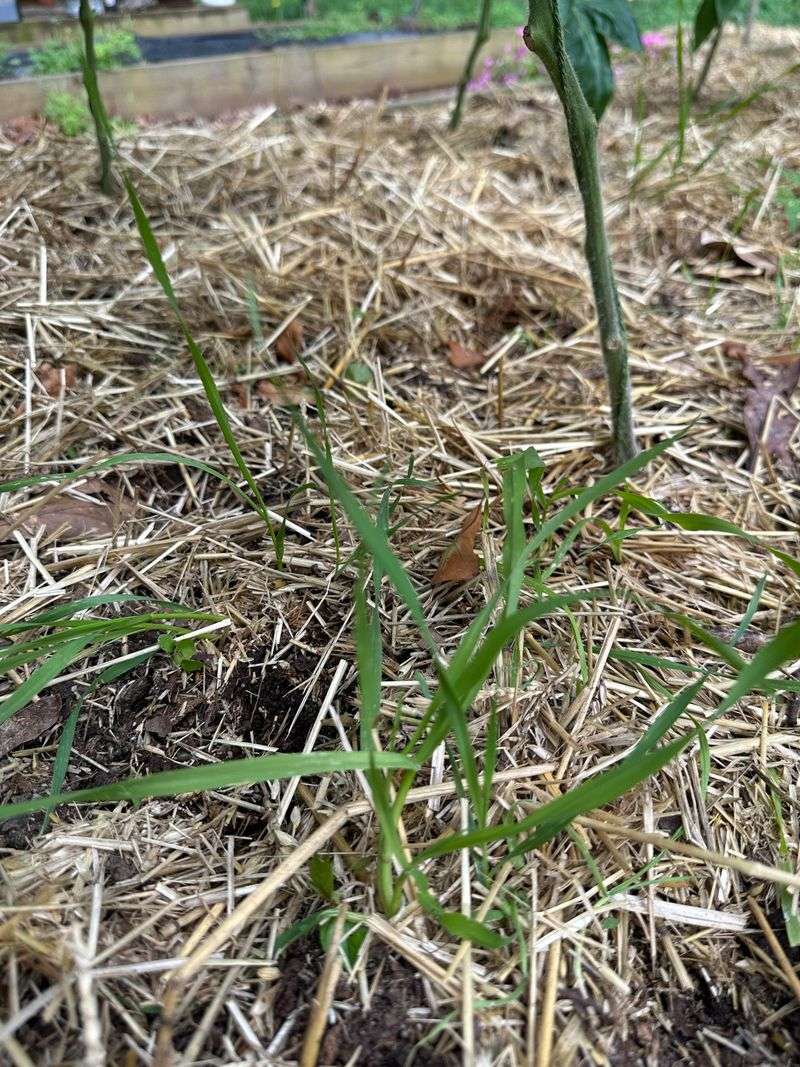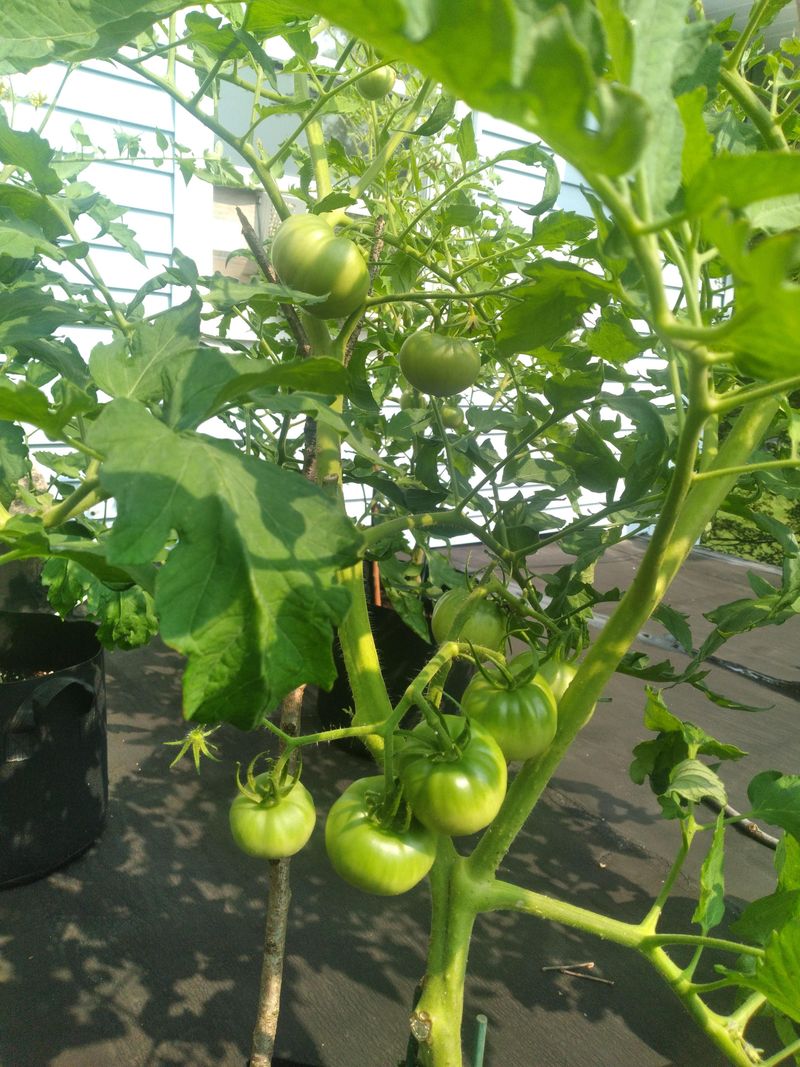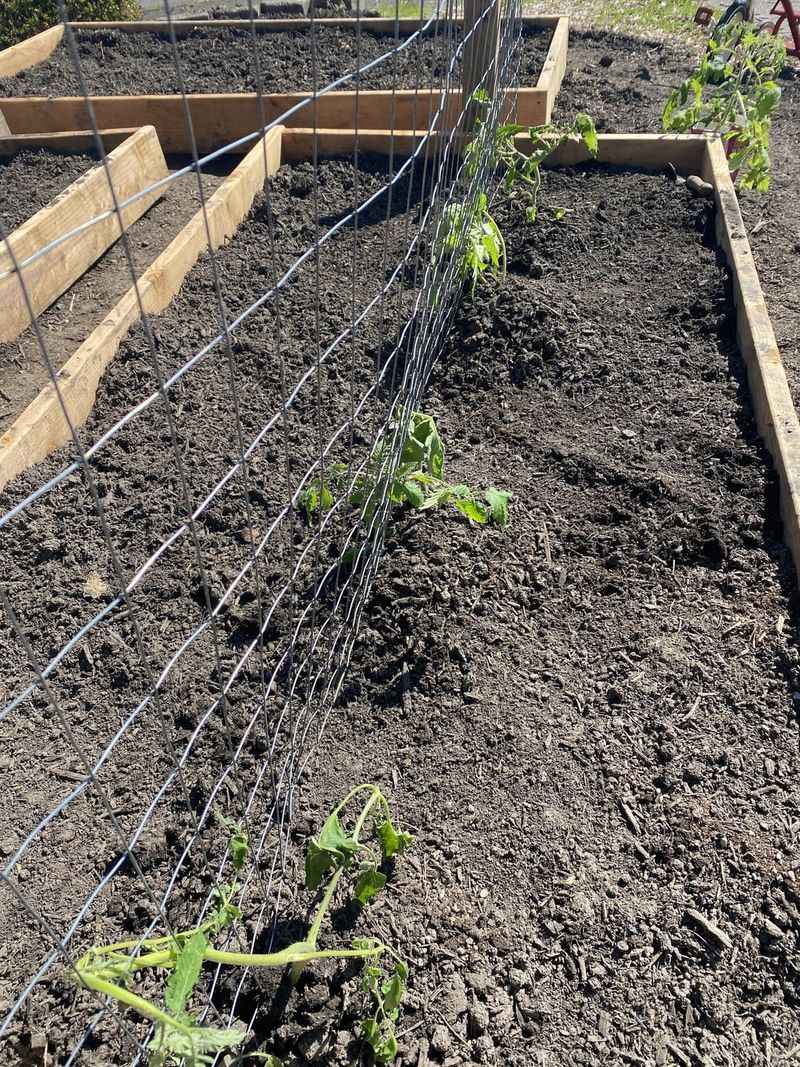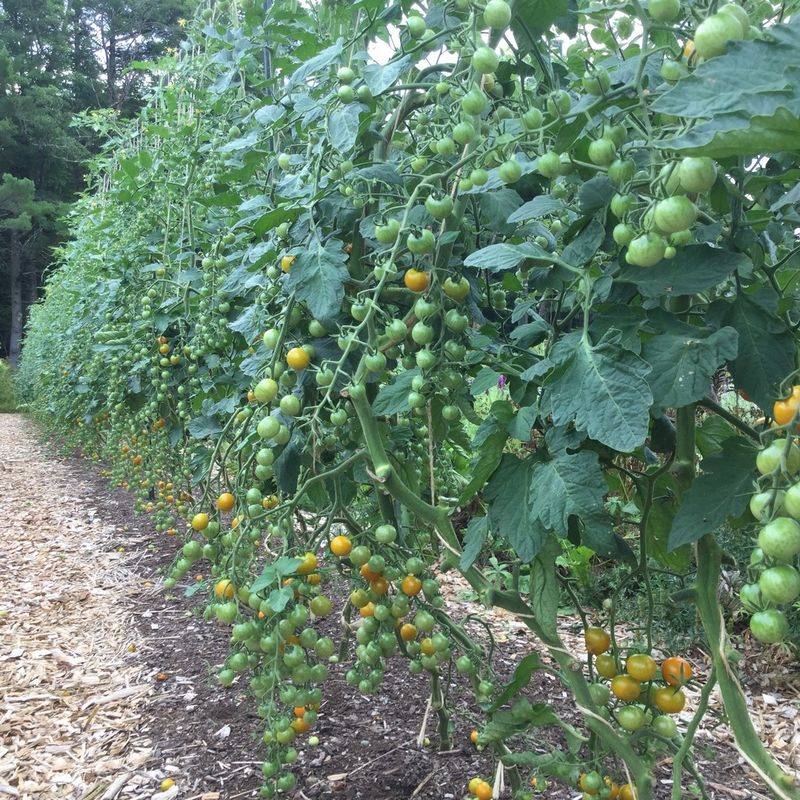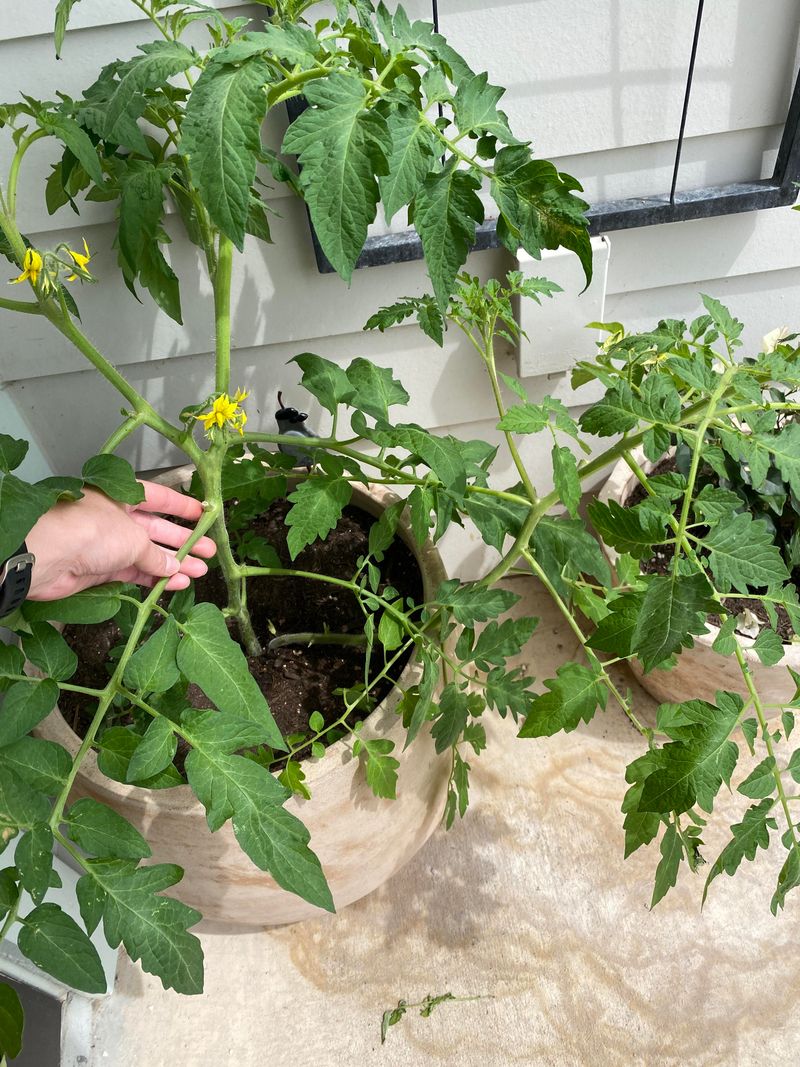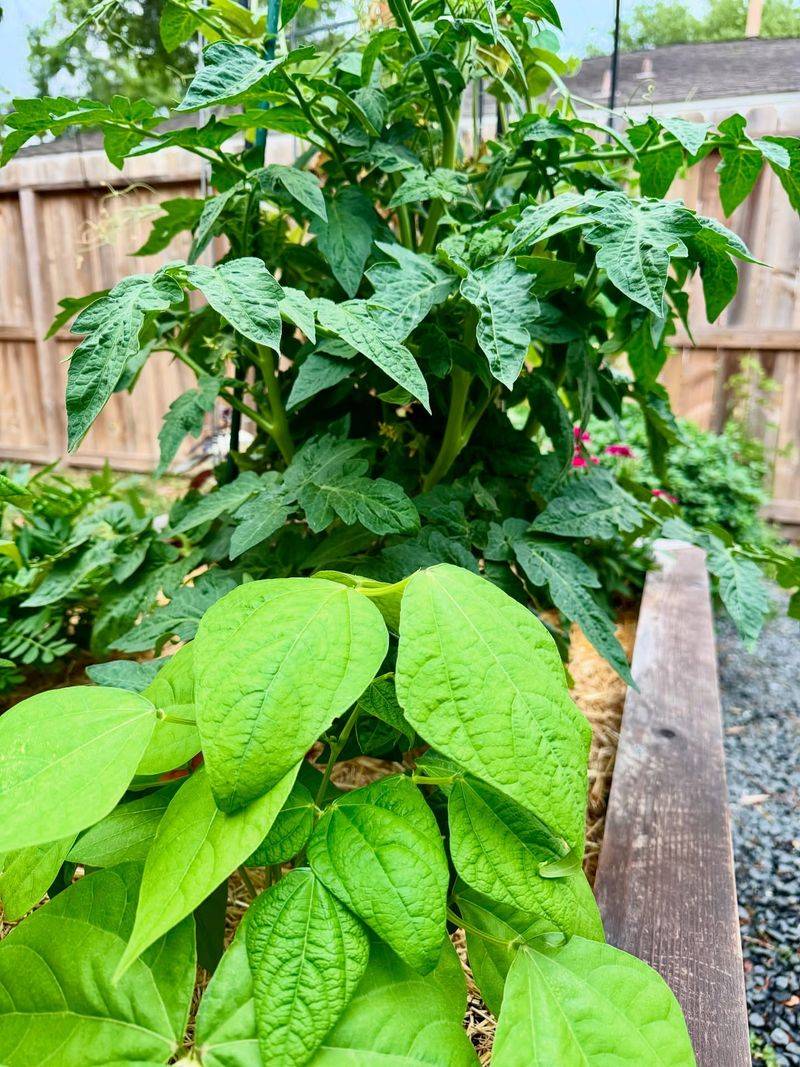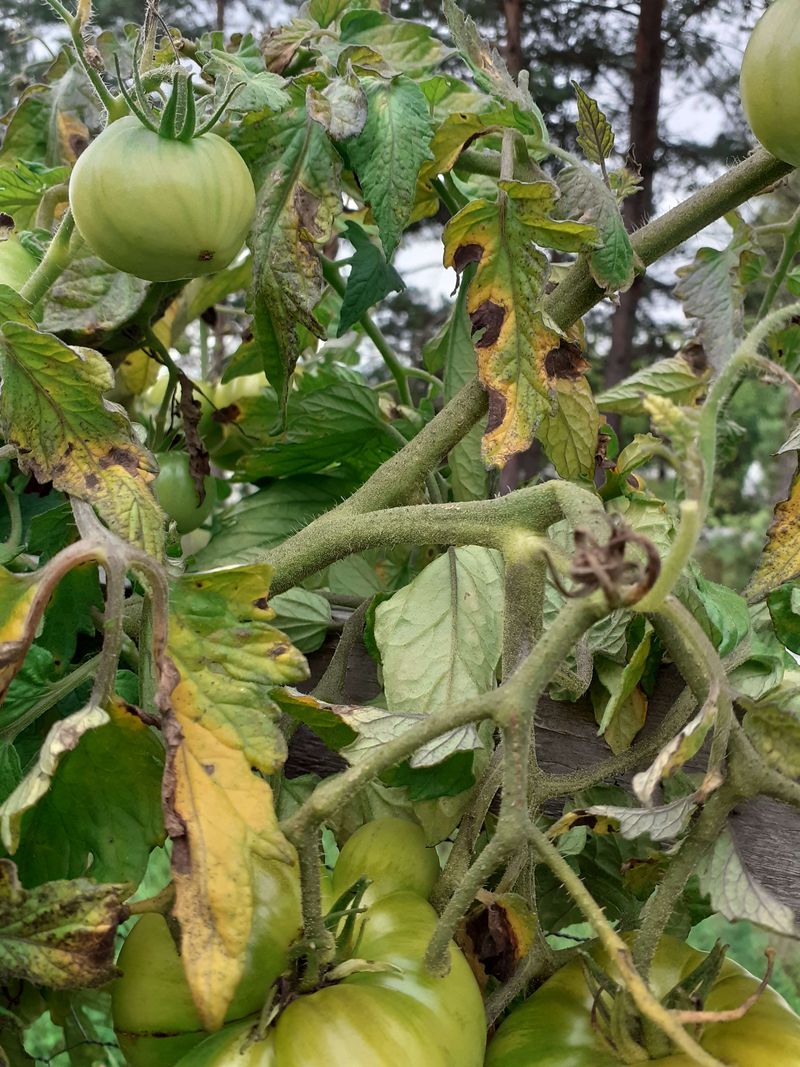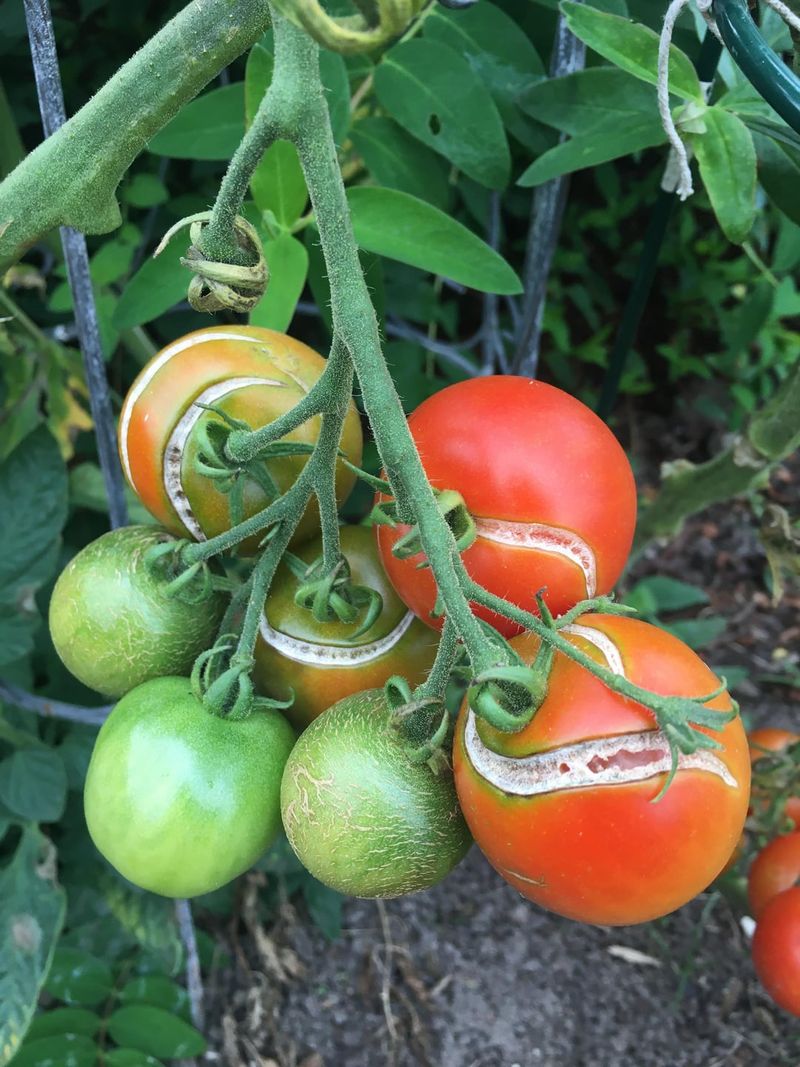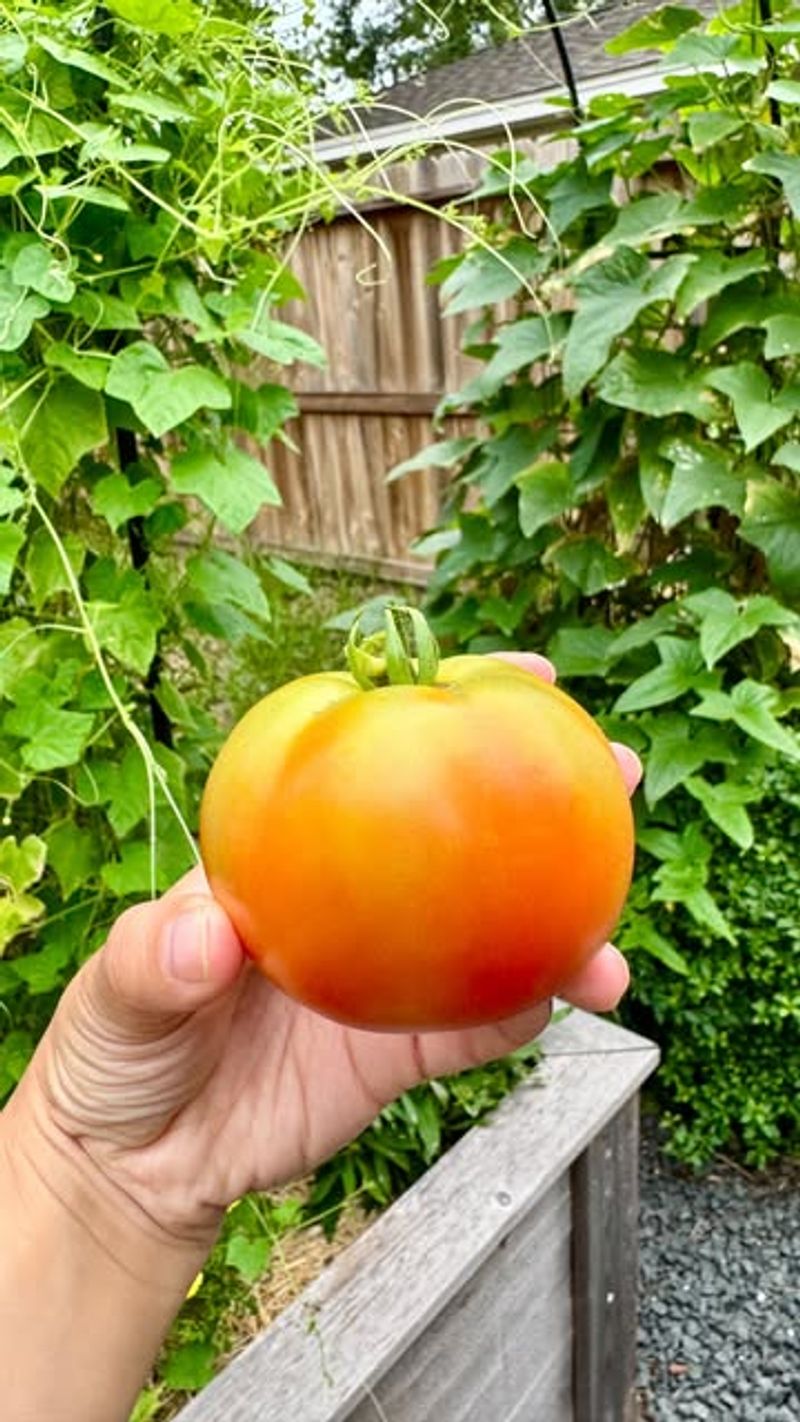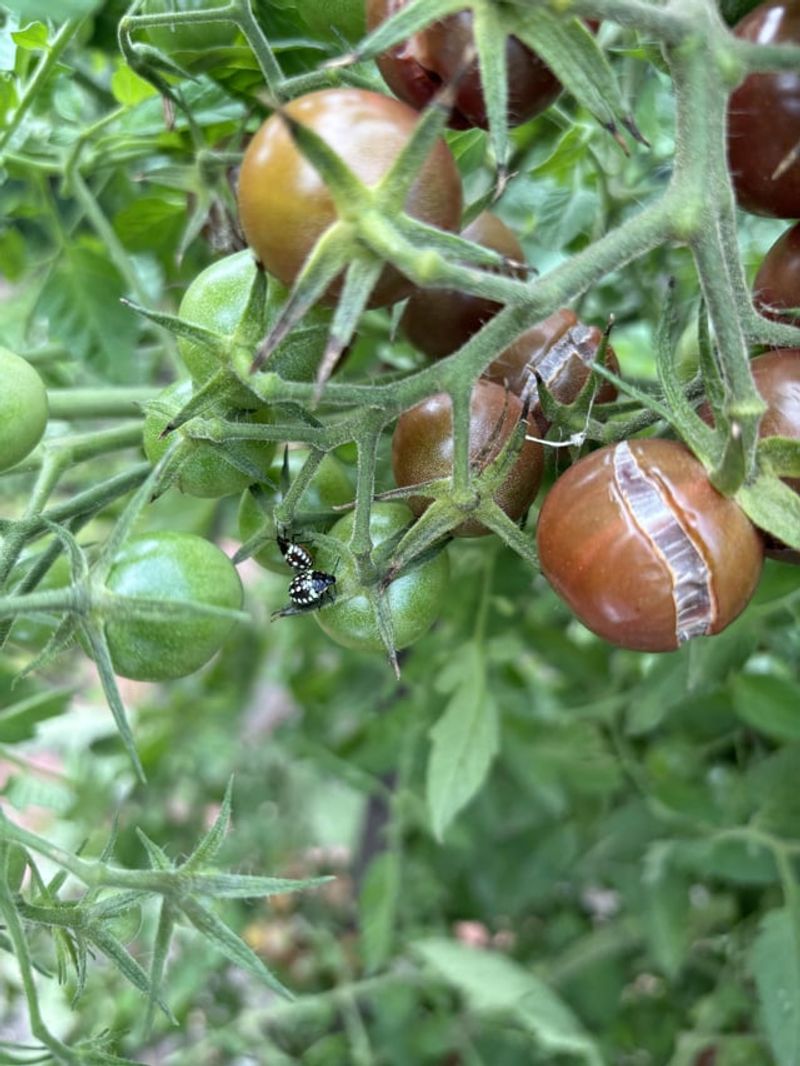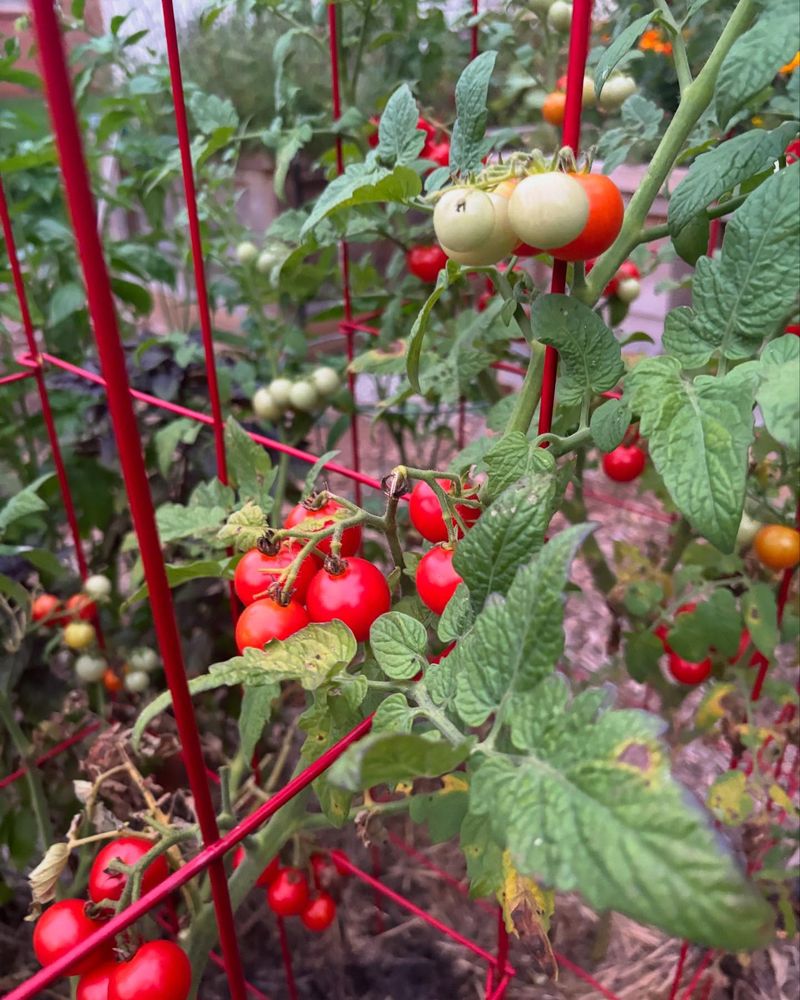Georgia gardeners, if you’ve ever struggled with mushy tomatoes or sad, split skins, you’re not alone! Growing juicy, firm tomatoes in our humid Southern climate takes a little know-how—but it’s totally doable.
I’ve had my fair share of soggy fails, but once I cracked the code, my tomato game changed for good. The trick is picking the right varieties and knowing a few heat-proof habits that actually work here.
Let’s turn that Georgia humidity into your tomato-growing superpower!
1. Choose Heat-Tolerant Varieties
Cherokee Purple and Better Boy varieties thrive in Georgia’s sweltering summers. They’ve been bred specifically to withstand high temperatures while maintaining excellent flavor profiles.
Look for ‘heat-set’ varieties on plant labels when shopping at local nurseries. Arkansas Traveler and Solar Fire are two other outstanding choices that continue producing when temperatures soar above 90 degrees.
2. Timing Your Planting
Early spring planting gives your tomatoes a head start before summer’s brutal heat arrives. Aim to get transplants in the ground after the last frost date, typically mid-March to early April in most Georgia regions.
For a fall crop, plant again in July. This double-planting strategy maximizes your harvest season and takes advantage of Georgia’s long growing period, giving you fresh tomatoes nearly eight months of the year.
3. Proper Soil Preparation
Georgia’s clay-heavy soil needs significant amendment for tomato success. Mix in plenty of compost, aged manure, and perlite to improve drainage and provide essential nutrients that tomatoes crave.
Test your soil pH before planting. Tomatoes prefer slightly acidic soil between 6.0 and 6.8. Georgia soils often need lime to raise pH or sulfur to lower it for optimal growing conditions.
4. Deep Planting Technique
Burying tomato stems up to their first set of leaves encourages extensive root development. This technique is especially valuable in Georgia where deeper roots can access cooler, moister soil during hot periods.
Remove lower leaves before planting and bury 2/3 of the stem. The buried portion will develop additional roots, creating stronger plants better equipped to withstand drought and heat stress common in Southern summers.
5. Mulching Magic
Pine straw mulch, abundant throughout Georgia, makes excellent tomato bedding. Apply a 3-inch layer around plants to keep soil temperatures stable and prevent moisture evaporation during scorching summer days.
Mulch also prevents soil-borne diseases from splashing onto lower leaves during our frequent summer thunderstorms. Replace mulch mid-season to maintain its effectiveness throughout the growing period.
6. Water Management
Consistent moisture prevents blossom end rot and fruit splitting, common problems in fluctuating Georgia weather. Water deeply twice weekly rather than daily shallow watering.
Consider installing drip irrigation or soaker hoses. These systems deliver water directly to the roots while keeping foliage dry, reducing fungal diseases that thrive in our humid climate. Morning watering allows leaves to dry before evening.
7. Proper Spacing
Georgia’s humidity demands generous spacing between plants. Allow at least 3 feet between determinate varieties and 4 feet for indeterminate types to promote crucial air circulation.
Proper spacing reduces disease pressure by allowing foliage to dry quickly after rain or morning dew. It also gives roots ample room to spread without competing for nutrients and water in our challenging soil conditions.
8. Support Systems
Sturdy cages or stakes keep tomato plants elevated in Georgia’s frequent summer downpours. Bamboo teepees work wonderfully for indeterminate varieties that can grow over six feet tall in our long season.
Keeping fruit off the ground prevents rot and insect damage. Secure plants to supports with soft cloth strips rather than wire, which can damage stems as they grow and sway in our summer thunderstorms.
9. Strategic Pruning
Removing suckers (the shoots that form in leaf axils) improves air circulation crucial in Georgia’s humidity. Focus pruning efforts on the bottom 12 inches of plants to prevent soil-splash during heavy rains.
Prune on dry, sunny mornings so cuts heal quickly. This reduces entry points for bacterial and fungal pathogens that thrive in our humid environment. Never prune when foliage is wet to prevent disease spread.
10. Companion Planting
Marigolds planted alongside tomatoes naturally repel nematodes common in Georgia soils. Their bright blooms also attract beneficial insects that help control tomato hornworms and other pests.
Basil makes another excellent tomato neighbor, improving flavor and repelling mosquitoes during garden work. Avoid planting tomatoes near corn, which attracts tomato fruitworm, or potatoes, which can share diseases with your tomato crop.
11. Disease Prevention
Early blight and bacterial spot thrive in Georgia’s humidity. Apply organic copper fungicide preventatively before symptoms appear, especially after rainy periods.
Remove and destroy (never compost) any infected leaves immediately. Maintain clean garden practices by disinfecting tools between plants with diluted bleach solution. Rotate tomato planting locations yearly to prevent soil-borne disease buildup.
12. Feeding Schedule
Georgia’s heavy rains can leach nutrients quickly from soil. Apply balanced organic fertilizer when planting, then switch to lower-nitrogen, higher-phosphorus formula when flowering begins.
Epsom salt applications (1 tablespoon per gallon of water) monthly help prevent magnesium deficiency common in our soils. Foliar feeding with diluted fish emulsion provides quick nutrient boosts during periods of heavy fruit production.
13. Harvest Timing
Pick tomatoes when they show first blush of color rather than full ripeness during peak summer heat. They’ll continue ripening indoors away from pests and intense sun that can damage fully ripe fruit.
Harvest in early morning when fruits are cool and plants are hydrated. This timing maximizes flavor and shelf life. Never refrigerate tomatoes after picking – cool room temperature preserves their distinctive Georgia-grown sweetness.
14. Pest Management
Stink bugs and leaf-footed bugs plague Georgia tomatoes. Hand-pick these pests in early morning when they’re sluggish. Drop them into soapy water rather than squishing, which attracts more pests.
Beneficial insects like ladybugs and lacewings help control aphids naturally. Encourage these helpers by avoiding broad-spectrum pesticides and planting small-flowered plants like sweet alyssum nearby as habitat.
15. Extending Your Season
Row covers protect fall tomatoes from early frosts, extending Georgia’s growing season into November. These lightweight fabrics allow light and water through while trapping heat around plants.
For spring planting, use plastic mulch to warm soil faster. Black plastic raises soil temperature by 5-10 degrees, allowing earlier planting and faster early growth before summer heat arrives in full force.

